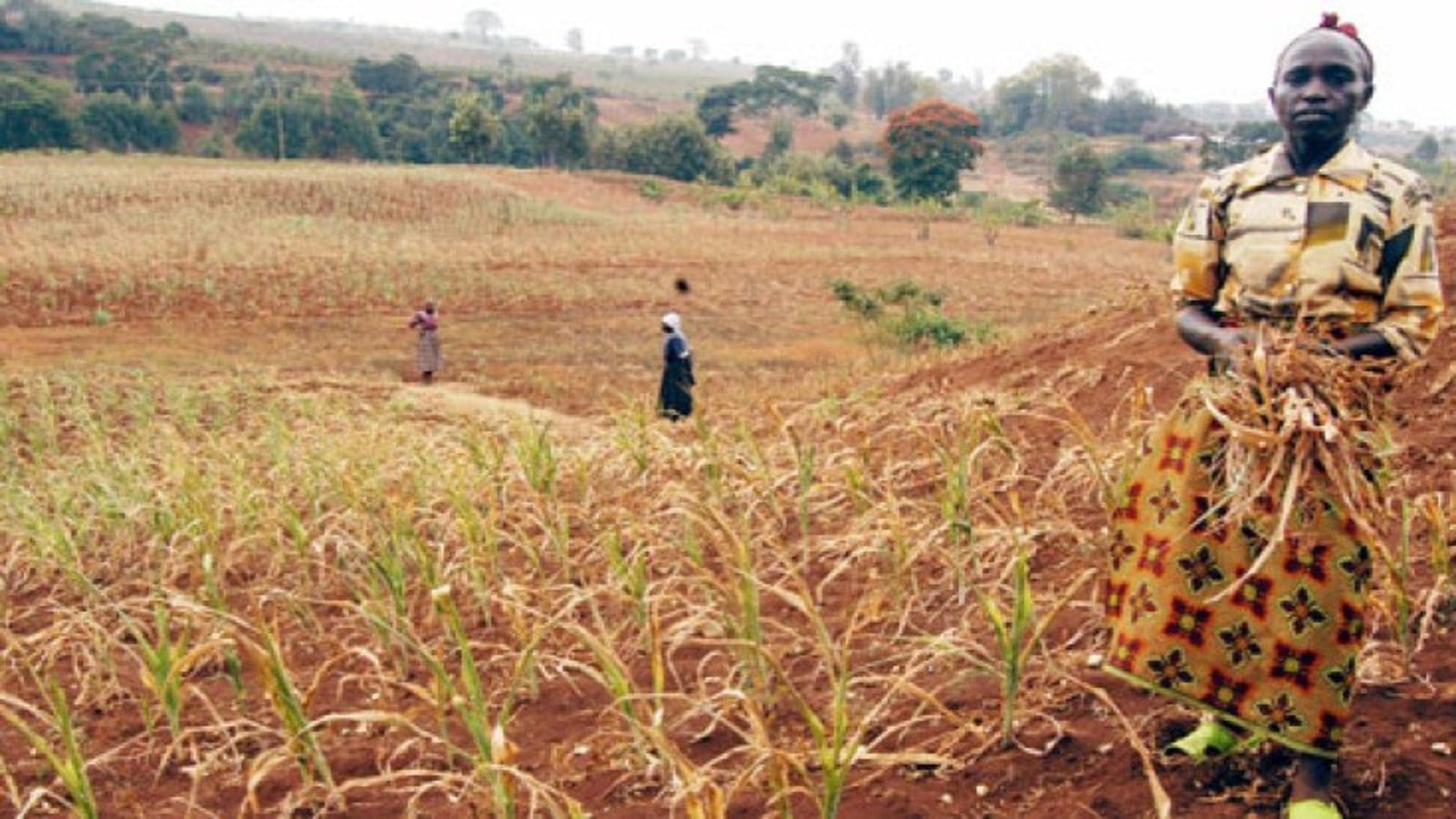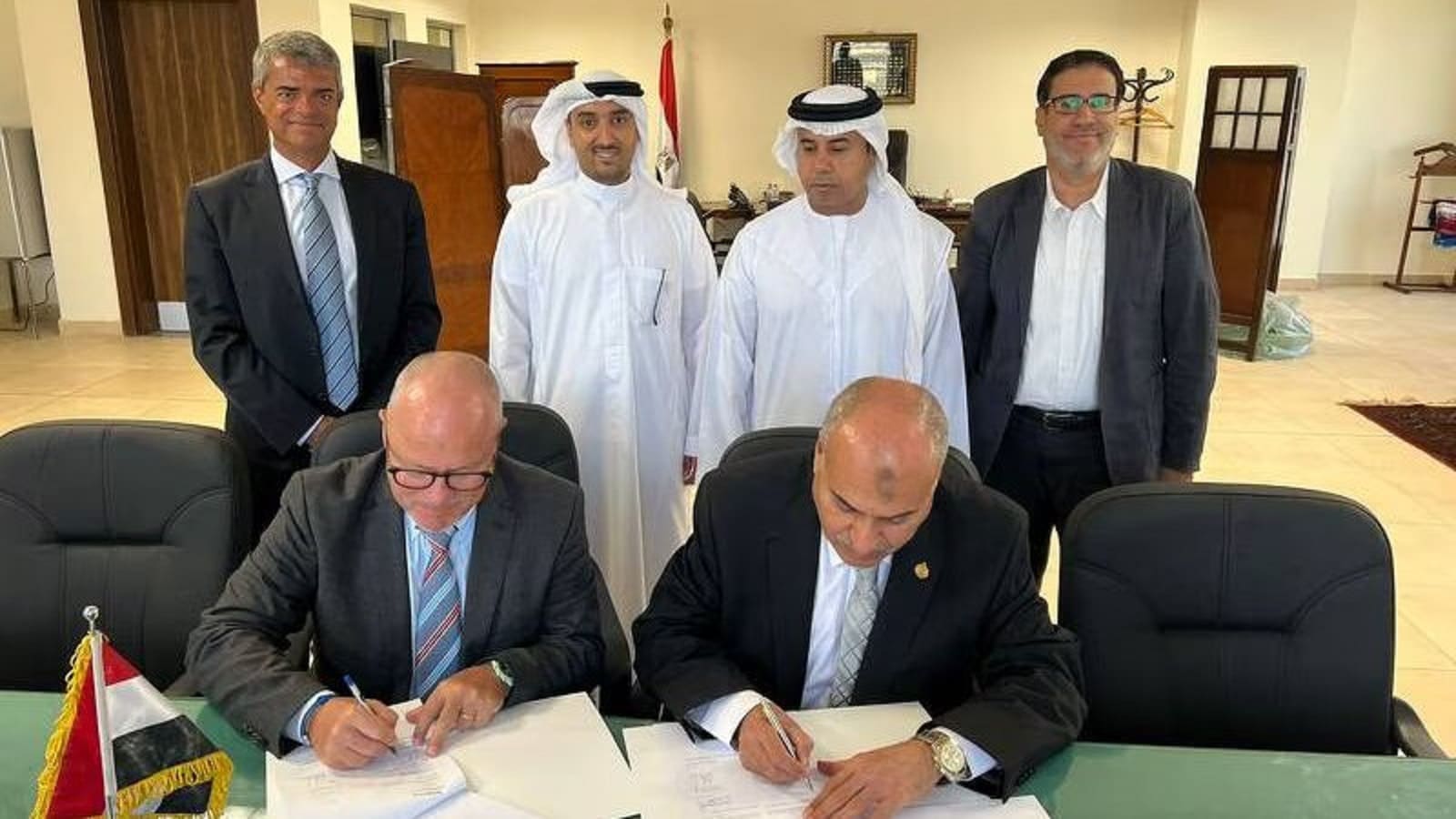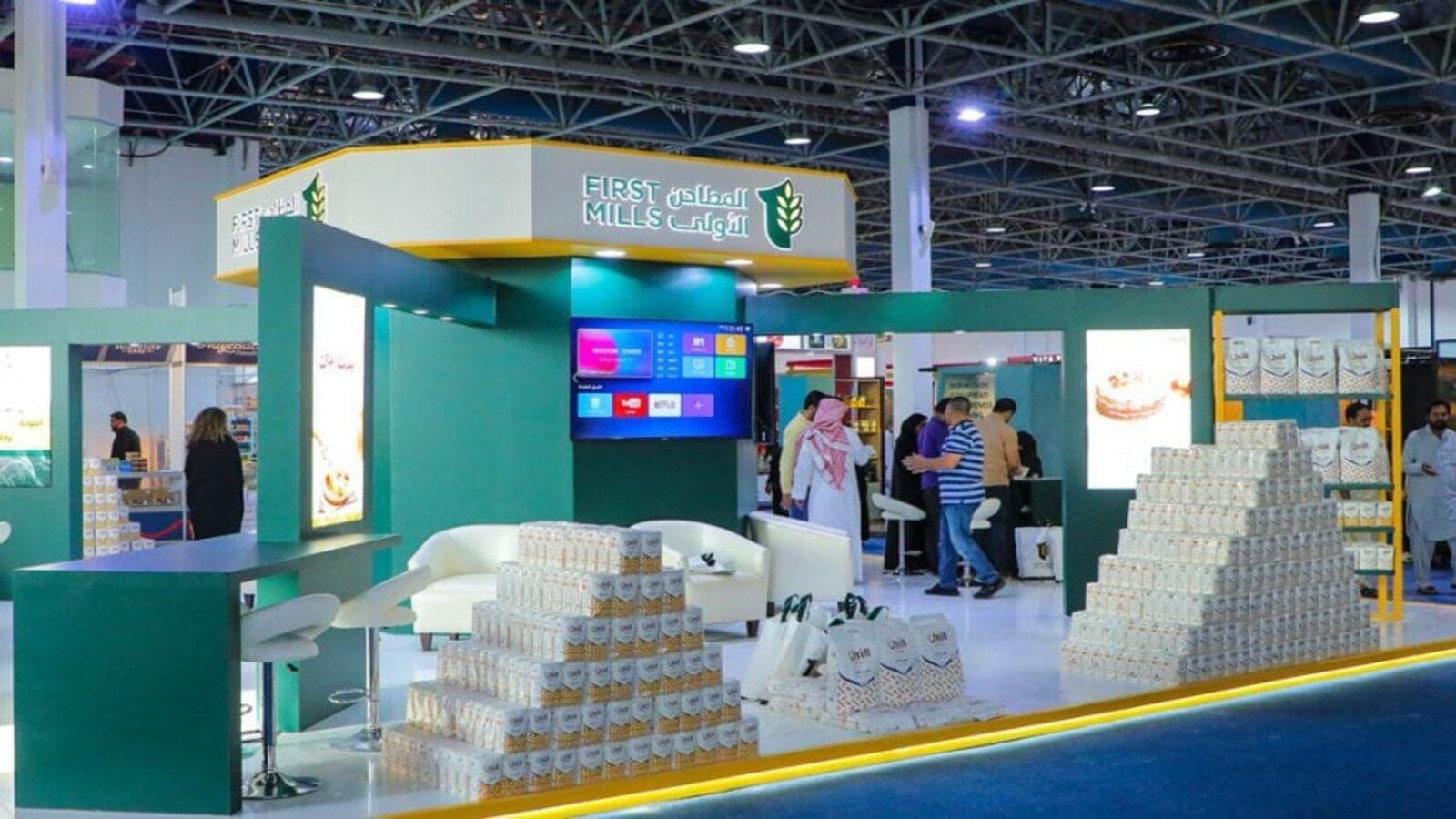RWANDA – The Rwandese bean crop farmers are counting losses after more than 78,000 hectares across the country were affected by drought during agricultural season A, usually from September to January.
The situation was revealed by Jean Claude Izamuhaye, the Head of the Crop Research and Technology Transfer Department at the Rwanda Agriculture and Animal Resources Development Board (RAB).
According to the report by the National Institute of Statistics of Rwanda (NISR), bean production has continued to decrease for the last two years affecting the prices.
Beans are the main staple food in the country, providing households with 32 percent of the required calories and 65 percent of protein.
According to the country’s data, the uncertain rainy seasons have tremendously affected bean production as well as prices where a kilo currently goes for between Rwf1,000 (US$0.92) and Rwf1,300 (US$1.13) across the country.
Jean said that the low production was not only caused by drought effects but also unexpected heavy rains in all districts of Southern Province except the districts of Nyaruguru and Nyamagabe, with the most affected districts being Bugesera and other districts of Eastern province.
“Farmers faced dry spells which were followed by heavy rains that also affected productivity. Even the few hectares that survived did not provide good produce. That is why bean prices have also drastically increased,” he said
As reported, in 2020 Season A, beans were cultivated on more than 362,100 hectares, an increase of 21 percent compared to 2019 season A records.
However, despite the increased hectarage in 2021, the production was 226,570 tonnes, a decrease of 10% from 2019 with an average yield of 626 kilograms (less than a tonne) per hectare.
Moreover, the land under bean cultivation in 2022 was estimated at 362,439 hectares in season A compared to 268,634 hectares in season B and 3,292 hectares in season C.
Consequently, bean production was estimated at 235,818 metric tons in season A compared to 210,290 metric tons in season B and 3,381 metric tons in season C, registering a gradual decline.
Meanwhile speaking during a virtual event to announce the rainy season forecast for March to May and the performance of the concluded season, Izamuhaye showed optimism in the coming seasons urging farmers to embrace irrigation.
“We hope to get a good harvest this agricultural season B. We urge farmers to embrace small-scale irrigation in areas that are expected to be affected by minimal rains,” he said.
Anthony Twahirwa, the Division Manager of the Weather or Climate services and Application Division at Rwanda Meteorology Agency, added that from March to May, rainfall between 600 and 300 milliliters is expected across the country
For all the latest food industry news from Africa and the World, subscribe to our NEWSLETTER, follow us on Twitter and LinkedIn, like us on Facebook and subscribe to our YouTube channel










